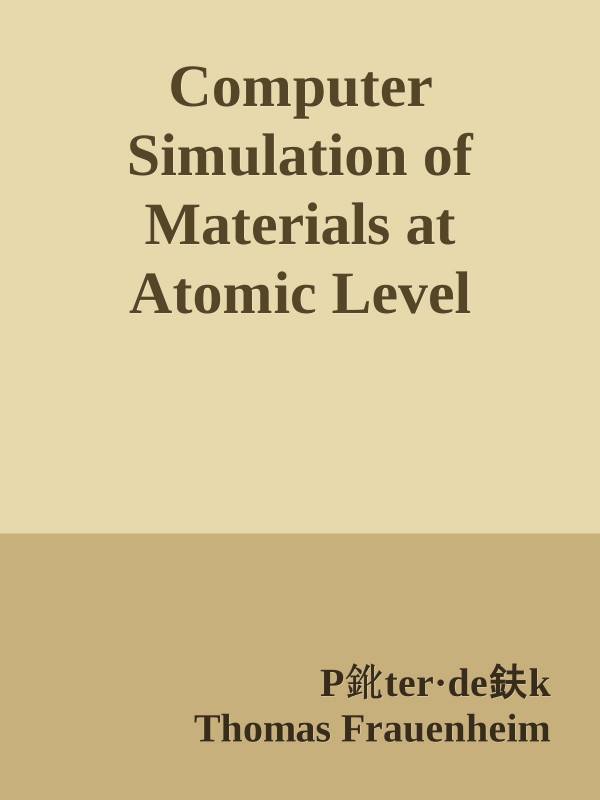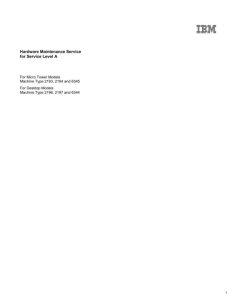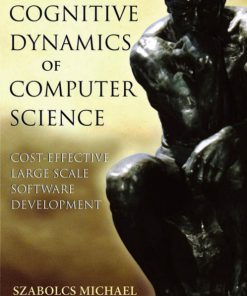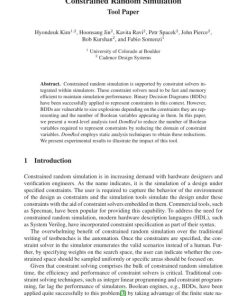Computer Simulation of Materials at Atomic Level 1st Edition by Mark Pederson, Peter Deák, Thomas Frauenheim ISBN 9783527603107 352760310X
$50.00 Original price was: $50.00.$25.00Current price is: $25.00.
Authors:Thomas Frauenheim; Mark R. Pederson , Series:IT & Computer [355] , Tags:Science; Physics; General; Atomic & Molecular , Author sort:Frauenheim, Thomas & Pederson, Mark R. , Ids:9783527402908 , Languages:Languages:eng , Published:Published:Mar 2000 , Publisher:John Wiley & Sons , Comments:Comments:Peter Dea, Thomas Frauenheim, Mark R. Pederson (eds.)Computer Simulation of Materials at Atomic LevelCombining theory and applications, this book deals with the modelling of materials properties and phenomena at atomic level. The first part provides an overview of the state-of-the-art of computational solid state physics. Emphasis is given on the understanding of approximations and their consequences regarding the accuracy of the results. This part of the book also deals as a guide to find the best method for a given purpose. The second part offers a potpourri of interesting topical applications, showing what can be achieved by computational modelling. Here the possibilities and the limits of the methods are stressed. A CD-ROM supplies various demo programmes of applications.
Computer Simulation of Materials at Atomic Level 1st Edition by Mark Pederson, Peter Deák, Thomas Frauenheim – Ebook PDF Instant Download/Delivery. 9783527603107 ,352760310X
Full download Computer Simulation of Materials at Atomic Level 1st Edition after payment
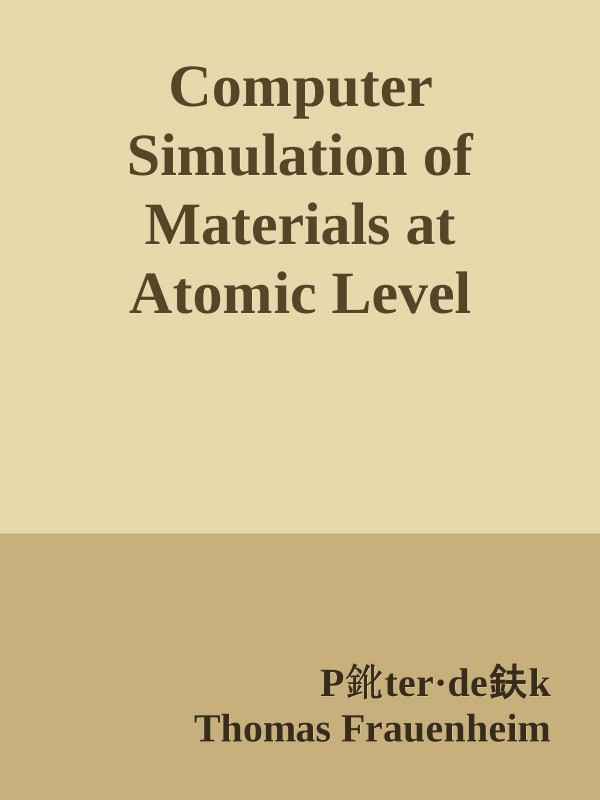
Product details:
ISBN 10: 352760310X
ISBN 13: 9783527603107
Author: Mark Pederson, Peter Deák, Thomas Frauenheim
Combining theory and applications, this book deals with the modelling of materials properties and phenomena at atomic level.
The first part provides an overview of the state of the art of computational solid state physics. Emphasis is given on the understanding of approximations and their consequences regarding the accuracy of the results. This part of the book also deals as a guide to find the best method for a given purpose.
The second part offers a potpourri of interesting topical applications, showing what can be achieved by computational modelling. Here the possibilities and the limits of the methods are stressed.
A CD-ROM supplies various demo programmes of applications.
Computer Simulation of Materials at Atomic Level 1st Edition Table of contents:
1. Introduction to Atomic-Level Simulations
- The Role of Computer Simulations in Materials Science
- Overview of Atomic-Level Simulations
- Theoretical Foundations of Atomic Simulations
- Computational Tools and Resources for Material Modeling
- Key Concepts in Materials Simulation: Models, Approximations, and Limitations
2. Fundamentals of Classical Simulations
- Classical Mechanics and the Atomic World
- Interatomic Potentials: Types and Applications
- Molecular Dynamics (MD) Simulation Methodology
- Monte Carlo Simulations: Principles and Techniques
- Boundary Conditions and Long-Range Interactions
3. Quantum Mechanical Simulations
- Introduction to Quantum Mechanics for Materials Simulation
- The Schrödinger Equation and Its Approximations
- Density Functional Theory (DFT): Fundamentals and Applications
- Electronic Structure Calculations and Band Structure Theory
- Transition from Classical to Quantum Simulations
4. Modeling of Interatomic Potentials
- Empirical and Semi-Empirical Potentials
- ReaxFF and Reactive Potentials
- Machine Learning Potentials
- Parameterization of Potentials for Specific Materials
- Applications of Interatomic Potentials in Materials Simulations
5. Methods for Atomic-Level Simulation
- Molecular Dynamics: Implementation and Analysis
- Monte Carlo Methods: Variational Techniques and Applications
- Ab Initio Simulations: From First Principles
- Hybrid Methods Combining Quantum and Classical Approaches
- Techniques for Simulating Complex Systems
6. Applications of Simulation in Materials Science
- Simulations of Crystalline Solids and Defects
- Nanomaterials and Nanostructures
- Phase Transitions and Material Properties
- Surface and Interface Phenomena in Materials
- Modeling of Catalysis and Chemical Reactions at the Atomic Level
7. Simulating the Dynamics of Materials
- Time-Dependent Simulations and Relaxation Processes
- Diffusion and Transport Phenomena in Materials
- Vibrational Properties and Phonons in Materials
- Non-Equilibrium Simulations: Shear and Strain Effects
- Thermal Properties and Heat Transfer at the Atomic Scale
8. Advanced Computational Techniques
- Hybrid Quantum-Classical Approaches
- Density Functional Theory + Molecular Dynamics (DFT-MD)
- Tight-Binding and Semi-Empirical Quantum Chemistry Methods
- Path Integral Molecular Dynamics
- Multiscale Modeling: From Atoms to Macroscopic Materials
9. Software and Computational Tools
- Overview of Computational Software for Atomic Simulations
- Introduction to LAMMPS, VASP, and Quantum ESPRESSO
- Visualization Tools and Analysis Packages
- Setting Up and Running Simulations: Best Practices
- High-Performance Computing and Parallelization in Materials Simulations
10. Statistical Mechanics and Thermodynamics in Simulations
- Thermodynamic Properties from Atomic-Level Simulations
- Statistical Ensembles and the Canonical Ensemble
- Free Energy Calculations and Thermodynamic Integration
- Fluctuations and Correlation Functions
- Boltzmann Distribution and Applications in Materials Modeling
11. Multiscale Simulations and Materials Design
- Bridging the Gap Between Atomic and Macroscale Properties
- Techniques for Multiscale Modeling and Simulation
- Coarse-Grained Modeling Methods
- Simulating Complex Systems: Polymers, Liquids, and Soft Matter
- The Role of Simulations in Materials Discovery and Design
12. Challenges and Future Directions in Atomic-Level Simulations
- Computational Challenges and Limitations
- The Impact of Quantum Computing on Materials Simulations
- Incorporating Machine Learning in Materials Science
- The Future of High-Throughput and Automated Simulations
- Ethical Considerations and the Role of Simulations in Industry
13. Case Studies in Materials Simulation
- Case Study 1: Modeling of Metal Alloys and Intermetallics
- Case Study 2: Simulating Nanostructured Materials for Energy Storage
- Case Study 3: Modeling of Surface Catalysis and Chemical Reactions
- Case Study 4: Investigating the Behavior of Polymers at the Atomic Level
- Case Study 5: Modeling Materials for Electronics and Photovoltaics
14. Conclusion
- Summary of Key Concepts in Atomic-Level Simulations
- The Role of Simulations in Advancing Materials Science
- Looking Ahead: The Future of Computational Materials Science
People also search for Computer Simulation of Materials at Atomic Level 1st Edition:
computer simulation of liquids
computer simulation of liquids pdf
computer simulation using particles pdf
a computer simulation is an example of what
You may also like…
eBook PDF
Hardware maintenance services for service level a 1st Edition by Ibm Personal Computer Hardware ISBN
eBook PDF
Dental Materials at a Glance 2nd Edition by J Anthony von Fraunhofer ISBN 1118684583 9781118684580
eBook PDF
Cambridge international as and a level computer science 9608 1st Edition by Abdul Jawad ISBN

